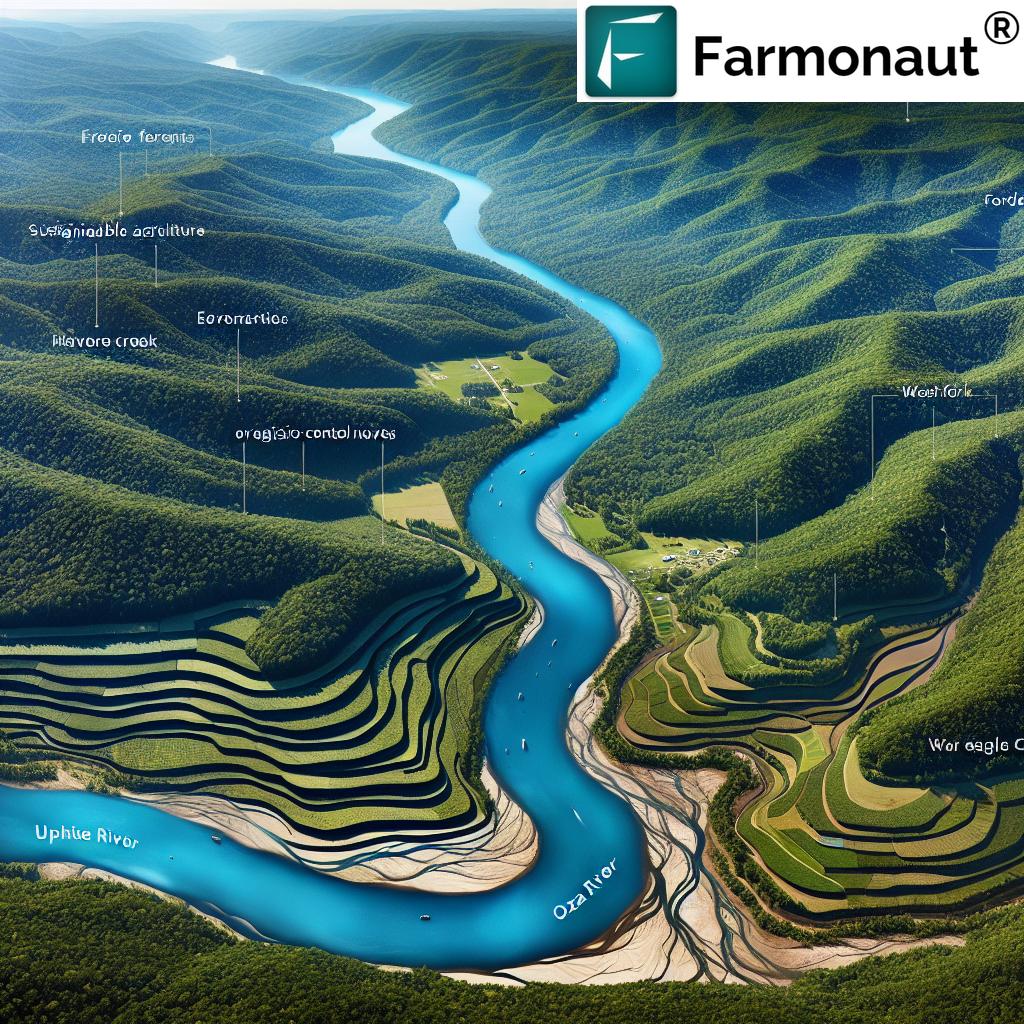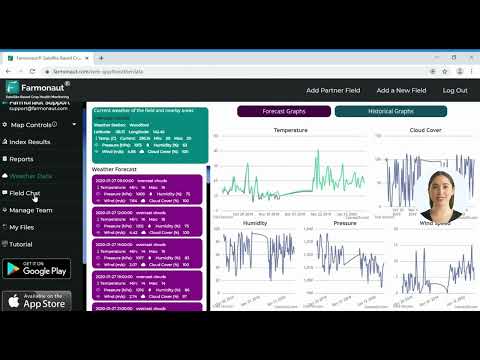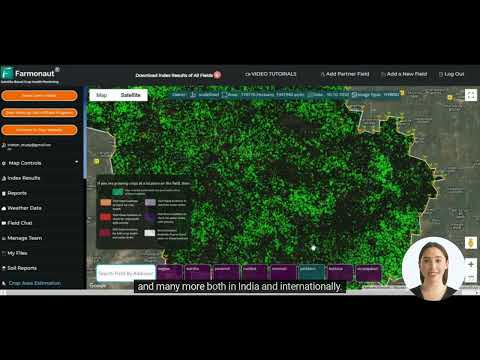Sustainable Water Management: Arkansas’ Upper White River Watershed Plan Open for Public Comment
“The Upper White River Watershed Management Plan aims to protect over 2,700 miles of streams and rivers in Northwest Arkansas.”
We are excited to share with you an important development in the realm of environmental conservation and sustainable water management. The Upper White River Watershed Management Plan, a comprehensive initiative aimed at protecting and enhancing the water quality and natural resources of Northwest Arkansas, is now open for public comment. This plan represents a crucial step towards addressing the unique environmental challenges faced by our region and ensuring the longevity of our vital water resources.
Understanding the Upper White River Watershed
The Upper White River watershed is a critical ecological and cultural asset in Northwest Arkansas. Spanning over 2,700 miles of streams and rivers, including the White River, West Fork White River, War Eagle Creek, Kings River, and Long Creek, this watershed is the lifeblood of our region. At its heart lies Beaver Lake, a crucial drinking water source for more than 500,000 people in the area.

The significance of this watershed extends beyond its role as a water source. It supports local agriculture, serves as a key recreational area, and holds immense ecological value. The Arkansas Department of Agriculture Natural Resources Division has recognized its importance by designating it as a Priority Watershed in the Arkansas 2024-2029 Nonpoint Source Pollution Management Plan.
The Need for Sustainable Water Management
Despite its importance, the Upper White River watershed faces significant challenges. Currently, 3,400 acres of water in Beaver Lake and 135 miles of streams are listed as impaired by the state, meaning they don’t meet their designated uses. This impairment can have far-reaching consequences for our communities, ecosystems, and economy.
Sustainable water management practices are crucial to address these issues and protect our valuable resources. By implementing comprehensive strategies for pollution mitigation, land stewardship, and ecological conservation, we can ensure the long-term health and vitality of our watershed.
The Upper White River Watershed Management Plan
The Upper White River Watershed Management Plan is a collaborative effort developed by the nonprofit organization H2Ozarks in partnership with the engineering firm Olsson. This comprehensive plan aims to address the unique environmental challenges of our region and improve the overall health of our watershed.
Key objectives of the plan include:
- Improving water quality in impaired waterways
- Mitigating pollution sources
- Promoting sustainable land and water management practices
- Enhancing ecological conservation efforts
- Fostering community engagement and watershed stewardship
The development of this plan has been a collaborative process, involving input from various stakeholders, including local communities, landowners, and environmental experts. In 2023, H2Ozarks held a series of four public input sessions to gather feedback and comments from the community, ensuring that the plan addresses the diverse needs and concerns of our region.
Key Components of the Watershed Management Plan
To provide a clear overview of the Upper White River Watershed Management Plan, we’ve created a table summarizing its main components:
| Component | Description | Estimated Impact | Stakeholder Involvement |
|---|---|---|---|
| Water Quality Improvement | Strategies to enhance water quality in impaired waterways | Potential 30% reduction in water pollutants | Local communities, environmental agencies, water treatment facilities |
| Pollution Mitigation | Measures to reduce point and non-point source pollution | Targeted 25% decrease in agricultural runoff | Farmers, industrial entities, urban planners |
| Ecological Conservation | Initiatives to protect and restore native ecosystems | Aim to increase biodiversity by 15% in key areas | Conservation groups, wildlife experts, local naturalists |
| Land Stewardship | Promotion of sustainable land management practices | Goal to implement best practices on 50% of agricultural land | Landowners, agricultural extension services, soil conservation districts |
| Public Engagement | Programs to educate and involve the community in watershed protection | Target 40% increase in community participation in conservation efforts | Schools, community organizations, local government |
This comprehensive approach ensures that all aspects of watershed management are addressed, from water quality improvement to community engagement. By involving a diverse range of stakeholders, the plan aims to create a collaborative and effective strategy for protecting our vital water resources.
“Beaver Lake, part of the Upper White River watershed, provides drinking water for 500,000 people in the region.”
The Importance of Public Comment
The current public comment period is a crucial step in finalizing the Upper White River Watershed Management Plan. It provides an opportunity for residents, stakeholders, and experts to review the draft plan and offer their insights, concerns, and suggestions. This feedback is invaluable in ensuring that the plan accurately reflects the needs and values of our community while addressing the critical environmental challenges we face.
We encourage all members of our community to participate in this process. Your input can help shape the future of our watershed and contribute to the sustainable management of our precious water resources. Whether you’re a farmer concerned about agricultural runoff, a recreational user of our rivers and lakes, or simply a resident who values clean water, your perspective is important.

How to Participate in the Public Comment Process
Participating in the public comment process is easy and accessible to all. Here’s how you can get involved:
- Review the Draft Plan: The draft Upper White River Watershed Management Plan is available for review at h2ozarks.org/upper-white-river. Take some time to familiarize yourself with its contents and objectives.
- Submit Your Comments: You can submit your comments and feedback through an online form available on the H2Ozarks website. Alternatively, you can contact Erin Scott, Program Director, directly at (479) 841-0235 or [email protected].
- Deadline: The public comment period is open until March 23. Make sure to submit your feedback before this deadline to ensure your voice is heard.
Remember, your input is valuable regardless of your background or expertise. Whether you have specific concerns about water quality in your area, ideas for community engagement, or general feedback on the plan’s approach, we want to hear from you.
The Role of Technology in Sustainable Water Management
As we work towards implementing sustainable water management practices in the Upper White River watershed, it’s important to recognize the role that advanced technology can play in supporting these efforts. Innovative solutions can help us monitor water quality, track environmental changes, and make data-driven decisions to protect our watershed.
One such technological solution that aligns with the goals of sustainable water management is Farmonaut. While primarily focused on agricultural applications, Farmonaut’s satellite-based monitoring and AI-driven insights can be valuable tools in watershed management and environmental conservation efforts.
Farmonaut offers:
- Satellite-based monitoring for vegetation health and soil moisture
- AI-driven advisory systems for resource management
- Tools for tracking and reducing environmental impact
These technologies can complement the strategies outlined in the Upper White River Watershed Management Plan, providing additional data and insights to support decision-making and track progress towards our environmental goals.
Learn more about Farmonaut’s solutions:
The Path Forward: Implementing the Watershed Management Plan
Once the public comment period closes on March 23, the next steps in the process will be crucial for the future of our watershed:
- Review and Incorporation of Feedback: H2Ozarks and Olsson will carefully review all public comments and incorporate relevant feedback into the final version of the plan.
- Submission for Review: The finalized plan will be submitted to the Arkansas Department of Agriculture Natural Resources Division and the federal Environmental Protection Agency for review and approval.
- Publication and Implementation: Upon acceptance, the final Upper White River Watershed Management Plan will be published, expected in spring 2024. This will mark the beginning of the implementation phase.
The successful implementation of this plan will require ongoing collaboration between various stakeholders, including government agencies, local communities, landowners, and environmental organizations. It will involve a combination of policy changes, on-the-ground conservation efforts, public education initiatives, and continuous monitoring and assessment of our progress.
The Broader Impact: Beyond the Upper White River Watershed
While the Upper White River Watershed Management Plan focuses on our specific region, its impact extends far beyond our local communities. The strategies and approaches developed here can serve as a model for sustainable water management in other watersheds across Arkansas and beyond.
By addressing critical issues such as water quality improvement, pollution mitigation, and ecological conservation, we’re not only protecting our local resources but also contributing to broader efforts to safeguard our planet’s precious water systems. The lessons learned and successes achieved through this plan can inform and inspire similar initiatives in other regions facing comparable environmental challenges.
Community Engagement and Education
A crucial aspect of the Upper White River Watershed Management Plan is its emphasis on community engagement and education. Protecting our watershed is not just the responsibility of environmental agencies or government bodies – it requires the active participation and support of all community members.
As the plan moves forward, we can expect to see various initiatives aimed at educating the public about the importance of our watershed and how individuals can contribute to its protection. These may include:
- School programs to teach students about water conservation and ecosystem health
- Community workshops on sustainable land management practices
- Volunteer opportunities for stream clean-ups and habitat restoration projects
- Public awareness campaigns about the impact of everyday activities on water quality
By fostering a sense of stewardship among residents, we can ensure the long-term success of our watershed management efforts and create a community that is actively engaged in protecting its natural resources.
Leveraging Technology for Environmental Monitoring
As we move forward with implementing the Upper White River Watershed Management Plan, leveraging advanced technology for environmental monitoring will be crucial. Tools like those offered by Farmonaut can provide valuable insights for watershed management:
- Satellite-Based Monitoring: Farmonaut’s satellite imagery analysis can help track changes in land use, vegetation cover, and potential sources of pollution across the watershed. This bird’s-eye view allows for comprehensive monitoring of large areas, which is essential for effective watershed management.
- AI-Driven Insights: The AI advisory system can analyze environmental data to predict potential issues and suggest preventive measures. This proactive approach can be invaluable in addressing water quality concerns before they become major problems.
- Resource Management Tools: Farmonaut’s tools for efficient resource management can help landowners and farmers implement sustainable practices that reduce their impact on the watershed.
While Farmonaut’s primary focus is on agriculture, many of its technologies have applications in environmental conservation and watershed management. By integrating such innovative solutions into our approach, we can enhance our ability to protect and manage the Upper White River watershed effectively.
For more information on Farmonaut’s technologies and how they can support environmental monitoring efforts, visit their API page or check out the API Developer Docs.
Frequently Asked Questions
To help clarify some common questions about the Upper White River Watershed Management Plan and the public comment process, we’ve compiled this FAQ section:
- Q: Why is this watershed management plan important?
A: The plan is crucial for protecting and enhancing the water quality and natural resources of the Upper White River watershed, which provides drinking water for 500,000 people and supports local ecosystems and economies. - Q: How long is the public comment period?
A: The public comment period is open until March 23, 2024. - Q: Who can submit comments on the plan?
A: Anyone can submit comments, including residents, stakeholders, experts, and interested parties. - Q: What happens after the public comment period closes?
A: The feedback will be reviewed and incorporated into the final plan, which will then be submitted to state and federal agencies for approval. - Q: How can I stay informed about the progress of the plan?
A: You can follow updates on the H2Ozarks website and sign up for their newsletter for regular updates.
Conclusion: A Call to Action
The Upper White River Watershed Management Plan represents a significant opportunity for our community to take proactive steps in protecting our vital water resources. By participating in the public comment process, staying informed about the plan’s progress, and actively engaging in conservation efforts, each of us can play a crucial role in safeguarding the health and sustainability of our watershed.
We encourage you to review the draft plan, submit your comments, and consider how you can contribute to the ongoing efforts to protect and enhance our precious water resources. Together, we can ensure a sustainable future for the Upper White River watershed and set a positive example for water management practices across the region and beyond.
Remember, the deadline for public comments is March 23. Make your voice heard and be part of this important initiative for sustainable water management in Arkansas.
Earn With Farmonaut: Affiliate Program
Earn 20% recurring commission with Farmonaut’s affiliate program by sharing your promo code and helping farmers save 10%. Onboard 10 Elite farmers monthly to earn a minimum of $148,000 annually—start now and grow your income!





















